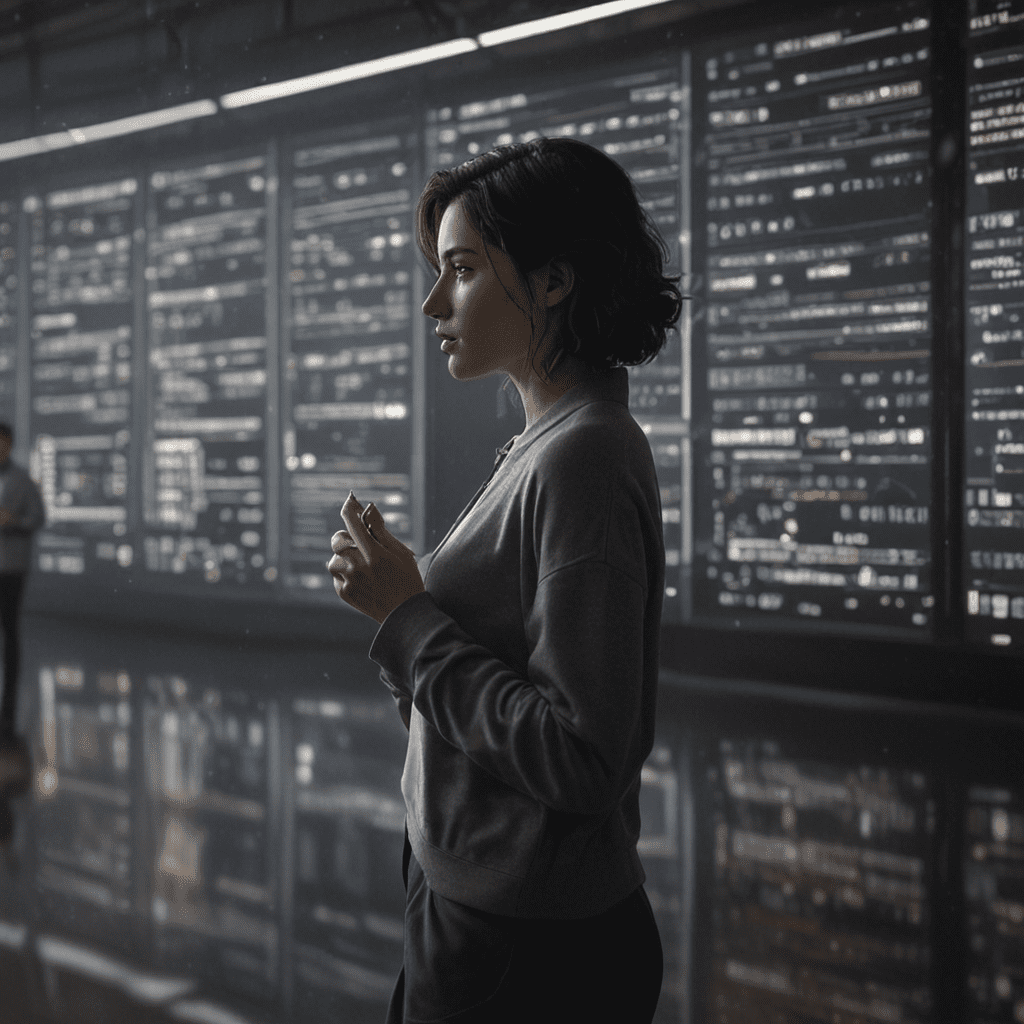1. Introduction
The Internet of Things (IoT) is revolutionizing the way we interact with the world around us. As more and more devices become connected, the demand for seamless and intuitive user experiences (UX) is growing. UX design in the IoT era presents both challenges and opportunities, and in this article, we will explore the future of this field and how it will shape our digital lives.
2. Evolution of UX Design in IoT Era
UX design has always been crucial in technology, but the advent of IoT has brought a new level of complexity to the field. With the proliferation of IoT devices, users now expect a consistent and cohesive experience across multiple devices and platforms. This presents UX designers with the challenge of creating seamless transitions between different interfaces and ensuring that users can easily interact with devices regardless of their form factor or operating system.
3. Challenges and Opportunities
The IoT era offers both challenges and opportunities for UX designers. On the one hand, the vast array of connected devices creates a fragmented landscape, making it difficult to ensure a consistent user experience. On the other hand, the constant flow of data from IoT devices provides valuable insights into user behavior, which can be used to tailor experiences to each individual's needs. UX designers must leverage these opportunities while addressing the challenges to create user interfaces that are both intuitive and engaging.
4. Human-centered Approach
At the heart of UX design in the IoT era is a human-centered approach. As devices become increasingly pervasive, it is more important than ever to focus on the needs and wants of users. UX designers must prioritize user experience over technological constraints, ensuring that the interaction with IoT devices is natural, intuitive, and enjoyable. By putting humans first, UX designers can create IoT experiences that truly enhance our lives.
5. Personalized and Contextual Experiences
The IoT era brings with it the possibility of highly personalized and contextual experiences. With the vast amount of data available from IoT devices, UX designers can create user interfaces that are tailored to each individual's preferences, habits, and environment. For example, a smart home system could adjust its settings based on the user's daily routine, providing a more comfortable and efficient living experience. By leveraging data and context, UX designers can create IoT experiences that are truly transformative.
6. Multi-Device and Interoperability Considerations
In the IoT era, users interact with multiple devices simultaneously, creating the need for interoperability and seamless transitions between devices. UX designers must consider the compatibility of devices, ensuring that users can easily switch between different interfaces and platforms. This involves designing for device-to-device communication and data sharing, enabling users to control and manage their connected devices effortlessly. By focusing on interoperability, UX designers can create cohesive IoT experiences that enhance user convenience and efficiency.
7. Security and Privacy Implications
The proliferation of IoT devices raises concerns about security and privacy. UX designers must prioritize data security and privacy by implementing robust measures to protect user information. This includes designing interfaces that clearly communicate隐私 practices and provide users with control over their personal data. By addressing security and privacy concerns, UX designers can build trust and ensure a sense of safety for users interacting with IoT devices.
8. Immersive and Sensory Experiences
The IoT era offers opportunities for immersive and sensory experiences that go beyond traditional user interfaces. UX designers can explore novel ways of interacting with devices, utilizing touch, voice, and gesture recognition. By creating immersive experiences that engage multiple senses, UX designers can elevate the user experience and create a deeper connection between users and their devices.
9. Role of Artificial Intelligence (AI) and Machine Learning (ML)
AI and ML play a significant role in enhancing UX design in the IoT era. These technologies enable personalized experiences, predictive analytics, and proactive assistance. UX designers can leverage AI and ML to tailor user interfaces to individual preferences, anticipate user needs, and provide real-time assistance. By incorporating AI and ML, UX designers can create IoT experiences that are both intuitive and highly adaptive to user behavior.
10. Future Trends and Innovations
As the IoT ecosystem continues to evolve, UX designers can anticipate emerging trends and innovations that will shape the future of user experience. These include advances in wearable technology, augmented reality (AR), and virtual reality (VR). By embracing these emerging technologies, UX designers can create novel and immersive IoT experiences that reimagine the way we interact with the world.
FAQs
Q: How can UX designers ensure a consistent user experience across multiple IoT devices?
A: By considering interoperability and seamless transitions between devices, UX designers can create a cohesive experience that allows users to easily switch between different interfaces and platforms.
Q: What should UX designers prioritize to address security and privacy concerns in IoT?
A: UX designers must prioritize data security and privacy by implementing robust measures to protect user information. This includes designing interfaces that clearly communicate privacy practices and provide users with control over their personal data.
Q: How can UX designers create immersive and sensory experiences for IoT devices?
A: UX designers can explore novel ways of interacting with devices, utilizing touch, voice, and gesture recognition. By engaging multiple senses, they can create immersive experiences that elevate the user experience and deepen the connection between users and their devices.
Q: What is the role of AI and ML in UX design for IoT?
A: AI and ML enable personalized experiences, predictive analytics, and proactive assistance. UX designers can leverage AI and ML to tailor user interfaces to individual preferences, anticipate user needs, and provide real-time assistance, creating IoT experiences that are both intuitive and highly adaptive to user behavior.

